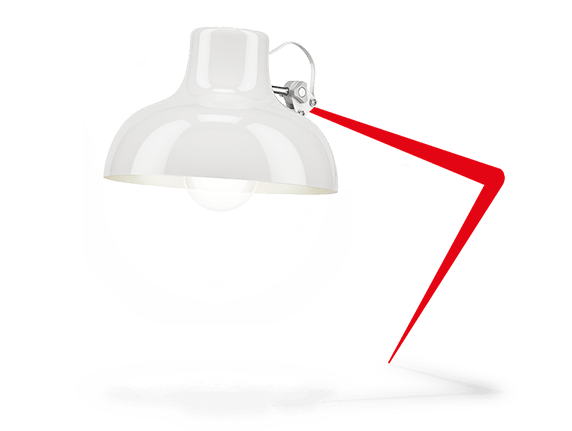The practitioner plans and performs an assurance engagement with an attitude of professional scepticism to obtain sufficient appropriate evidence about whether the subject matter information satisfies the criteria or is free of material misstatement.
ISAE 3000 (Revised) defines risk of material misstatement, as: "The risk that the subject matter information is materially misstated prior to the engagement."
With evidence, the practitioner aims to reduce the risk of issuing an inappropriate conclusion over the subject matter or subject matter information. This is called the assurance engagement risk.
The practitioner considers materiality with a view to determine whether the errors and deficiencies identified reach, in terms of size or nature, a degree so that they need to qualify their conclusion.
Materiality differs in each engagement context. Its determination requires a comprehensive understanding of user needs and whether the users would change the way they act.
For example would they: challenge the responsible party regarding its conduct; or use the information produced by the responsible party to renew a contract; to provide funds; or to allow the responsible party access to a membership association?
Determining and applying materiality can be particularly complex when the subject matter information includes narrative reporting. The practitioner will need to identify the qualitative and quantitative claims in the narrative and assess their significance to users. For each significant claim there may be a different:
For more detail about materiality in the context of narrative reporting, refer to Milestone 4: Materiality in assuring narrative reporting.
Assurance engagement risk is always present in these engagements and cannot be entirely eliminated. Insufficient, or unsuitable evidence, would increase risk.
Therefore the practitioner considers the quantity and quality of available evidence when planning and performing the engagement in particular when determining the nature, timing and extent of evidence-gathering procedures and assessing the evidence obtained.
ICAEW's assurance resource
This page is part of ICAEW’s online assurance resource, which replaces the Assurance Sourcebook.

Join the Audit and Assurance Faculty
Stay ahead of the rest with our comprehensive package of essential guidance and technical advice.

Buyer's guide to assurance on non-financial information
Find out more about the 'Buyer's guide to assurance on non-financial information' from WBCSD.
Find out more